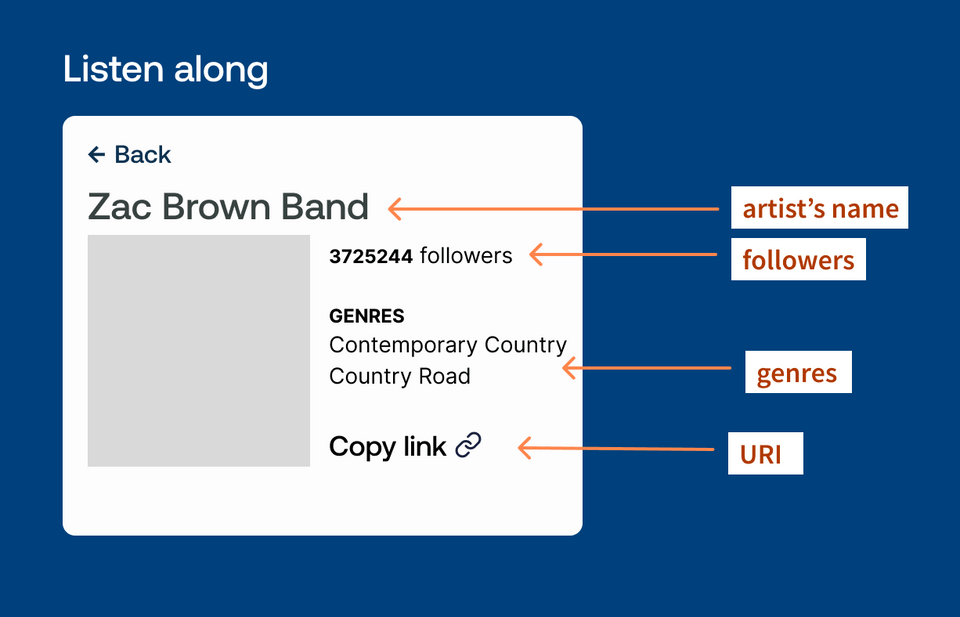It's the moment of truth!
🎯 Your goal for this step:
Run a query that retrieves a playlist, its tracks, and their artist data all at once

Use the following playlist ID when completing these tasks.
6LB6g7S5nc1uVVfj00Kh6Z
Solution: Wrapping up
query GetPlaylist($playlistId: ID!) {playlist(id: $playlistId) {idnametracks {idnamedurationMsartist {namefollowers}}}}
You did it!
Fantastic job completing this server-side lab. You've tackled from start to finish the task of bringing in a new feature to our GraphQL API. From data sources to datafetchers, the Artist type is now part of our music catalog app.
But what better way to end a solo mission than with another challenge? Check out the implementation of the Track.artist datafetcher, and see if you notice something in need of a performance tune-up...
Then, check out the next course in the DGS series: Data Loaders with Java & DGS. The journey continues!
Share your questions and comments about this lesson
Your feedback helps us improve! If you're stuck or confused, let us know and we'll help you out. All comments are public and must follow the Apollo Code of Conduct. Note that comments that have been resolved or addressed may be removed.
You'll need a GitHub account to post below. Don't have one? Post in our Odyssey forum instead.